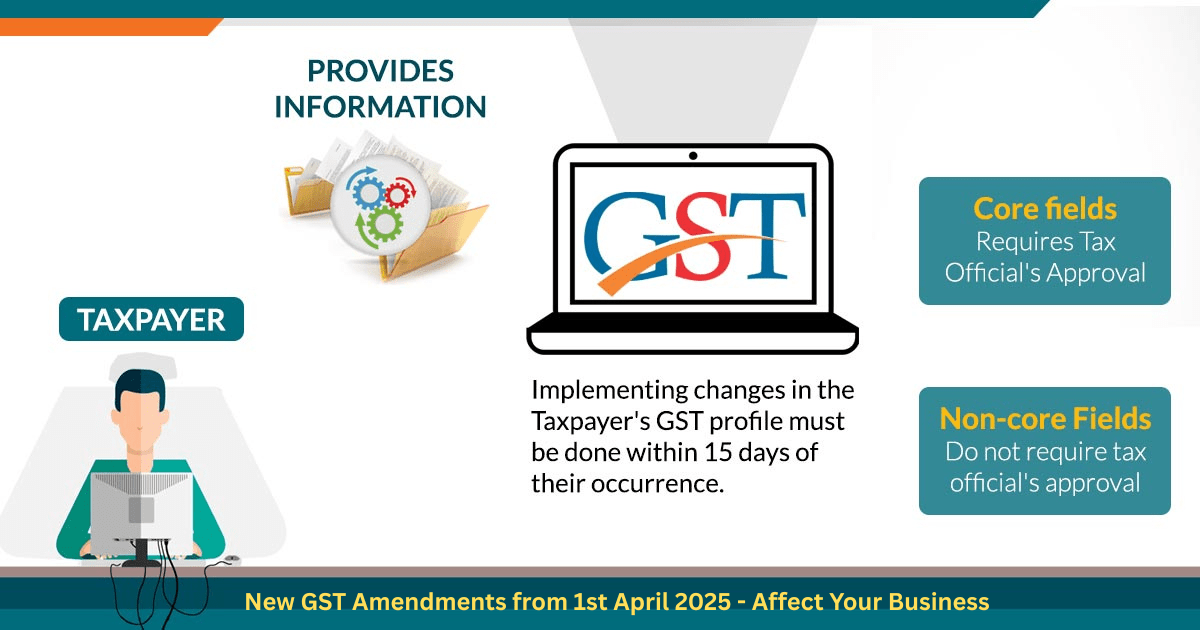Meaning Of Credit Control
The term “credit control” can indicate a variety of things depending on your perspective. In the business world, it’s all about the processes and systems used to manage customer credit. This includes carefully evaluating how creditworthy customers are, setting credit limits, keeping a close eye on accounts, making sure invoices are paid on time, and figuring out ways to collect overdue debts.
This practice is essential for reducing the risk of bad debts and keeping cash flow healthy. On a larger scale, especially when we talk about central banks like the Reserve Bank of India (RBI), credit control takes on a different role. Here, it refers to the regulatory actions taken to manage how much credit is available and its cost throughout the economy.

Credit Control Tools
These strategies involve adjusting lending rates using tools like the repo rate, managing how much money banks can lend through the Cash Reserve Ratio (CRR) and Statutory Liquidity Ratio (SLR), and steering credit toward certain sectors. The main goal is to ensure economic stability, keep inflation in check, and promote sustainable growth. While businesses use credit control to handle customer debt, central banks apply it to oversee the overall credit supply in the economy. The Reserve Bank of India (RBI) employs various tools to regulate how much money banks can lend, which we refer to as “credit control measures”.
You can think of these tools as knobs and levers that the RBI tweaks to keep the economy humming along. One key tool is the “repo rate,” which is the interest rate at which banks borrow money from the RBI. When the RBI raises this rate, banks face higher borrowing costs, which means they pass those costs on to their customers by charging higher interest rates on loans. Another important tool is the “cash reserve ratio”(CRR), which dictates the percentage of a bank’s deposits that must be held with the RBI.
If the RBI decides to raise the Cash Reserve Ratio (CRR), it means banks will have less cash available to lend out. On a similar note, the “statutory liquidity ratio” (SLR) mandates that banks keep a specific portion of their deposits in government securities, which also restricts the funds they can use for lending. The Reserve Bank of India (RBI) has a tricky job of balancing economic growth with price stability through its credit control strategies. This balancing act is especially important in India’s vibrant economy, where the RBI keeps a close eye on inflation. This inflation is influenced by global commodity price changes, domestic supply issues, and fiscal policy choices. When inflation spikes, the RBI often responds by tightening monetary policy, which involves raising the repo rate. This, in turn, increases lending rates and can slow down investment. On the flip side, if the economy is slowing down, the RBI might lower the repo rate to encourage more investment.
While rate cuts are intended to lower lending rates, the actual impact can be a bit hit or miss. Lending rates are also shaped by how much cash banks have on hand, the demand for credit, external benchmarks, and the yields on government bonds. Banks that have plenty of liquidity are generally more inclined to pass on those rate cuts, whereas banks facing liquidity issues might stick to higher rates. When it comes to investment decisions, business confidence is key, and this confidence is swayed by factors like political stability, clear regulations, and the state of infrastructure development. The long-term economic outlook, both at home and abroad, is also a significant factor.
Additionally, sector-specific elements, such as government initiatives in infrastructure and advancements in technology, play a vital role. To manage liquidity, the RBI employs tools like the Liquidity Adjustment Facility (LAF), which includes repo and reverse repo rates, along with Open Market Operations (OMOs).
Adjustments to these tools can change how much it costs for banks to borrow money and affect the overall money supply, which in turn influences lending rates. When the RBI takes action, it also has a direct effect on the bond and fixed deposit markets. Typically, when repo rates go up, yields and rates follow suit, which affects market liquidity and how investors behave. Grasping these complex relationships is key to understanding the nuances of the RBI’s credit control measures and their significant impact on lending rates and investment decisions
Role of Reserve Bank Of India(RBI) :
The Reserve Bank of India (RBI) plays a vital role in steering the country’s economy through its credit control strategies, which have a big impact on lending rates and investment decisions. These strategies are crafted to manage how credit flows in the economy, with the goal of keeping prices stable and fostering sustainable growth. The RBI employs a range of tools, such as the repo rate, reverse repo rate, cash reserve ratio (CRR), and statutory liquidity ratio (SLR), to sway the availability and cost of credit. By tweaking these rates, the RBI can either promote or hinder lending by commercial banks. For example, when the RBI raises the repo rate, it makes borrowing pricier for banks, which then leads to higher lending rates for consumers and businesses, potentially stifling investment. On the flip side, lowering these rates can encourage more borrowing and investment. So, the RBI’s credit control measures are crucial for striking a balance between economic growth and inflation control, ultimately shaping the lending and investment landscape in the Indian economy.
Blog By:-
Ms. Yashi Sharma
Assistant Professor
Department Of Commerce & Management
Biyani Girls College



